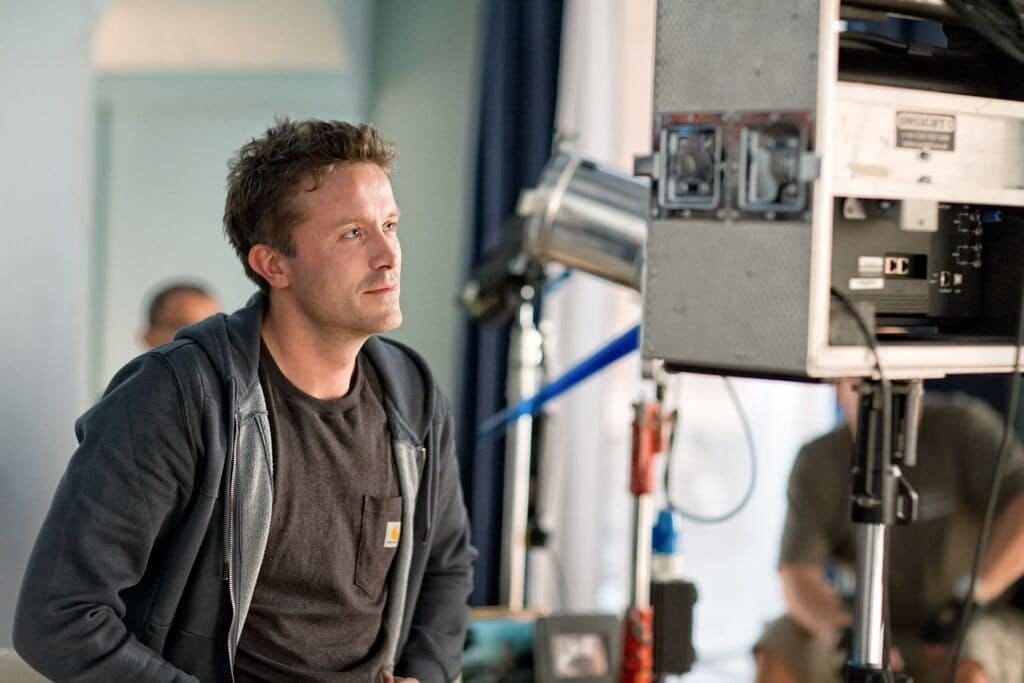Stevan Riley On ‘Listen to Me Marlon’ and the Editing of Marlon Brando’s Personal Archives
Written by Dan Schindel
In Listen to Me Marlon, audiences get to know a lead character in a way that’s unusual for a biographical documentary. Devoid of interviews with anyone who knew Marlon Brando, the film instead has the man himself tell the viewer about his life, work and beliefs. Director Stevan Riley headed up a massive undertaking in sorting through hundreds of hours o…
Keep reading with a 7-day free trial
Subscribe to Nonfics to keep reading this post and get 7 days of free access to the full post archives.



